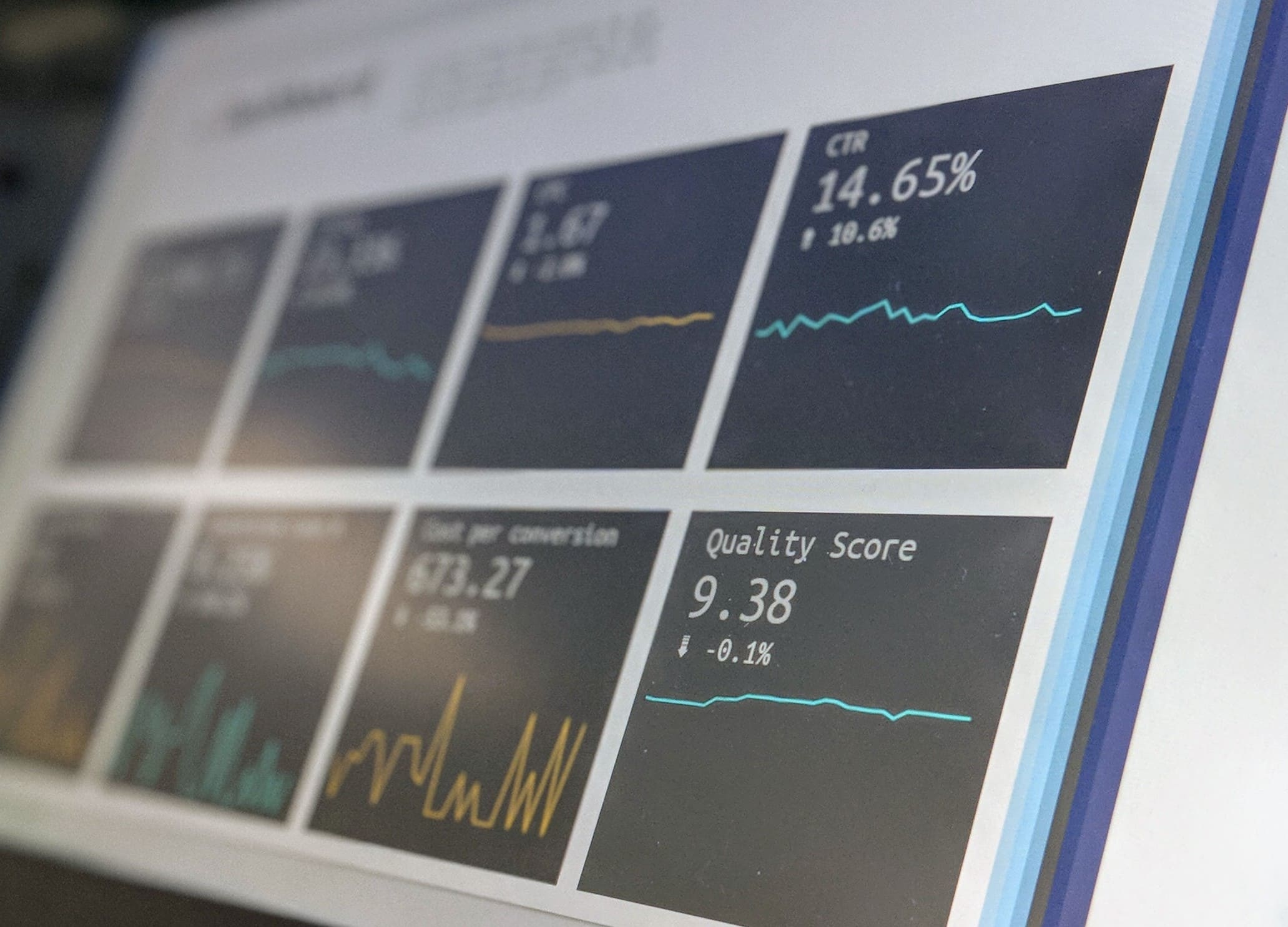You’ve ventured into search advertising and launched SEM campaigns. You may have already noticed an increase in sales but do you know exactly how well your SEM campaign is performing?
If you’re using SEM tools, then you know there are numerous metrics available for you to track, measure, and analyze. And just like any marketer out there, you know that all metrics aren’t created equal. Plus, focusing on the right metrics and KPIs will provide real insight into what’s working and what’s not.
Here are the most important metrics that will help you track and measure the success of your SEM campaign:
-
Click-Through-Rate (CTR)
You want your target audience to click on your ads so they get directed to your landing page and get captured as leads. As such, the CTR is by far the most common success metric used by marketers and advertisers today.
Your CTR also plays a crucial role in determining your Quality Score. Basically, your CTR tells you whether your keywords, ad copy, and CTA are doing their job in enticing prospects to click-through (relevance).
Low CTR, on the other hand, tells you that you need to improve your ad design, keyword choices, or both (lack of relevance).
-
Quality Score
Quality Score has a huge influence on the cost and effectiveness of your search ads, making it imperative that you master this metric.
Google defines Quality Score as “an estimate of the quality of your ads, keywords, and landing pages. Higher quality ads can lead to lower prices and better ad positions.”
Factors that affect your Quality Score are:
- Relevance of the ad copy to the keyword
- Landing page quality and relevance to the keyword
- Historical performance of your ads
While Google doesn’t provide the exact computation for the Quality Score, these are the factors that determine your ad rankings, as well as your cost-per-click. This means that the more relevant your ads and landing pages are to users, the higher your ad’s potential to rank well.
When it comes to optimizing your search ads to improve your quality score, it’s important to pay close attention to your keyword relevance, landing page experience, and expected CTR.
- Optimize your landing page for mobile.
- Create more compelling ad copy and CTA.
- Match your ad copy to user search queries.
- Add negative keywords to exclude your ads from irrelevant search queries.
-
Conversion Rate
Your conversion rate provides insight about how many prospects performed the desired action on your landing page, whether that’s purchase a product or service, sign up for a free trial, subscribe to a newsletter, or answer a survey.
You may have a high CTR, but if your conversion rate is low, then that means you’re paying for irrelevant clicks that don’t get you real results or ROI.
-
Cost-Per-Action (CPA)
Simply put, CPA refers to the cost or price you pay for each time a user takes a specific action because of the ad. This could be making a purchase, downloading an eBook, or registering for an event, among other things, depending on what your conversion goal is.
Not to be confused with Customer Acquisition Cost (CAC), though are seemingly being used interchangeably by marketers. While the two are similar, they are NOT interchangeable terms.
In general, CPA refers to the total spend for driving a single conversion, regardless of what that conversion may be. On the other hand, CAC usually refers to the total spend for acquiring a real customer (i.e. one that makes a purchase and drives revenue).
Both these metrics determine whether your search advertising efforts are successful or not by showing how much you’re spending versus how much you’re actually earning, thereby showing you the ROI of your SEM campaign.
Conversions are great, but at the end of the day, what matters most is for you to acquire paying customers. If you’re paying more to acquire customers than what they’re actually worth to your business, that means your SEM campaign is failing.
-
Wasted Spend
Wasted Spend refers to the amount of money you’re essentially throwing away on clicks that don’t convert. This is not really a metric but it’s still important to measure because you don’t want your marketing resources to go to waste. If your wasted spend is high, then you’re not getting the most bang for your buck.
You might want to take a second look at your creatives (ads and landing pages) and keywords. Targeting the wrong keywords will mean that you’re reaching the wrong audience, causing unnecessary waste. On the other hand, if your ad isn’t relevant to your audience, that will affect your quality score, increasing overall costs.
Remember, wasted spend is a metric that can always be improved, so keep testing, measuring, and optimizing your campaigns.
Look at the Big Picture

There are other pertinent metrics that, when cross-analyzed with other metrics, help you gain deeper insights into the effectiveness of your ads. Impressions, for instance, show you how many times or how often your ad appeared, but not necessarily that it was seen or looked at. Just think of them like TV advertisements. They might be getting shown, but you’re never sure if anyone’s paying attention.
Too few impressions can mean that your keywords are too narrow, so your ad doesn’t appear on too many queries, while too many impressions may mean that your keyword groupings may be too broad and that it’s getting shown outside your target audience.
Look at the big picture and correlate one metric with another to help you see what you’re missing, especially when it comes to search engine marketing in the Philippines. When you don’t know what aspects of your search advertising campaign are working, it’ll be difficult for you to maximize the returns from your advertising efforts.
Put your SEM tools to work. Track and measure important metrics to know whether your marketing dollars are working to grow your business!







